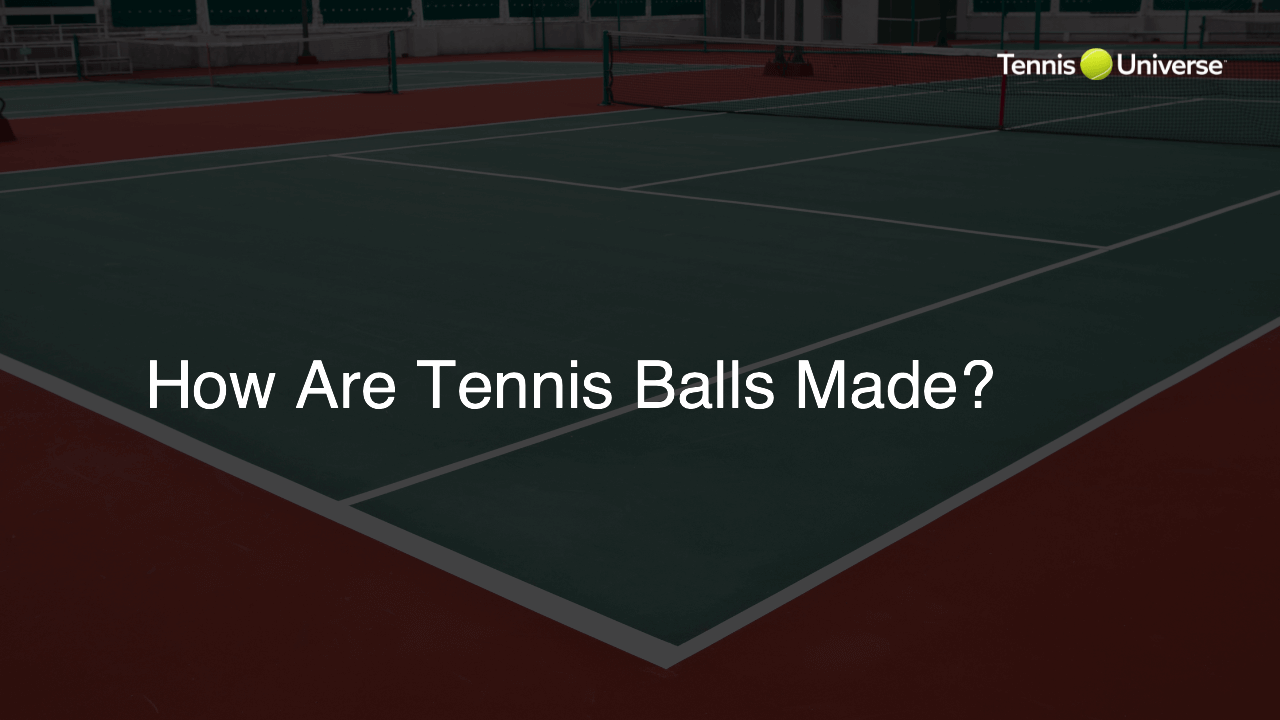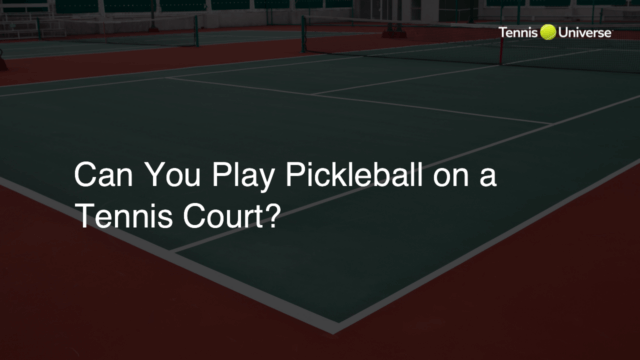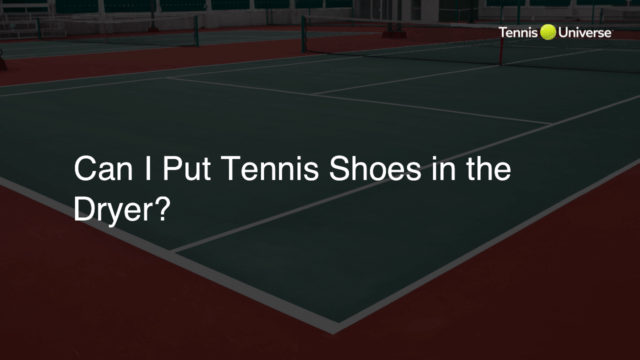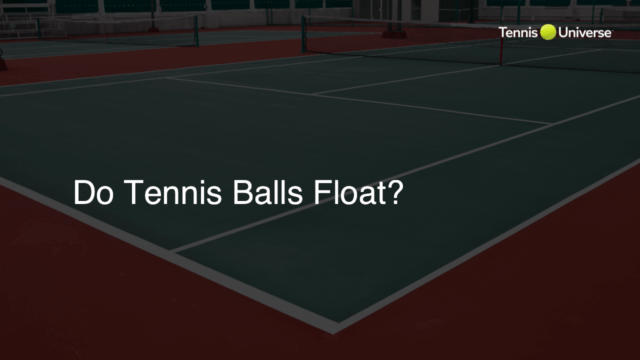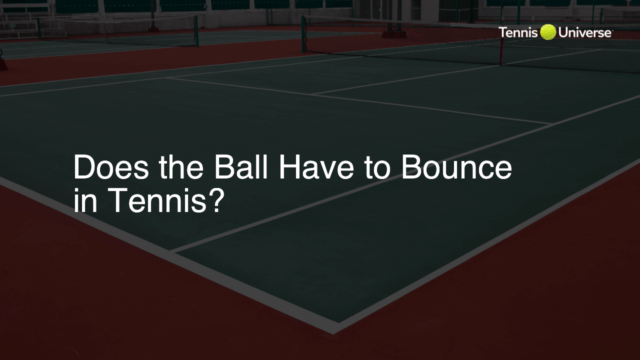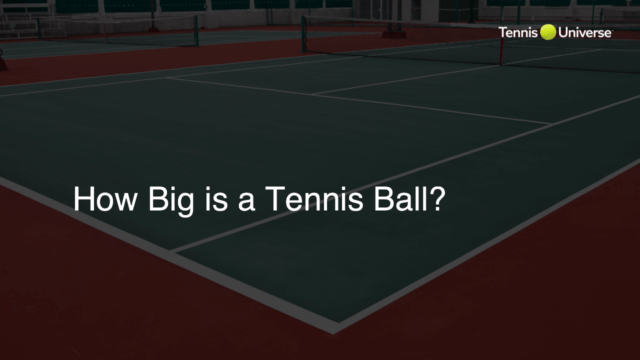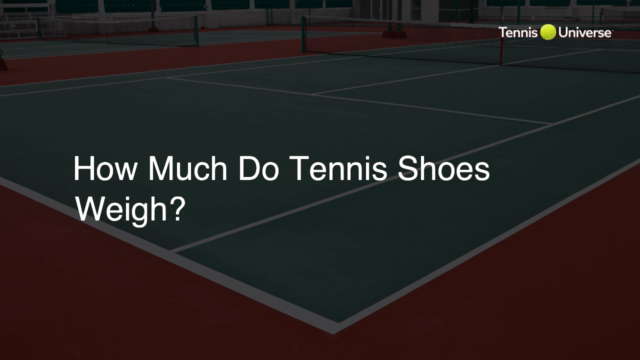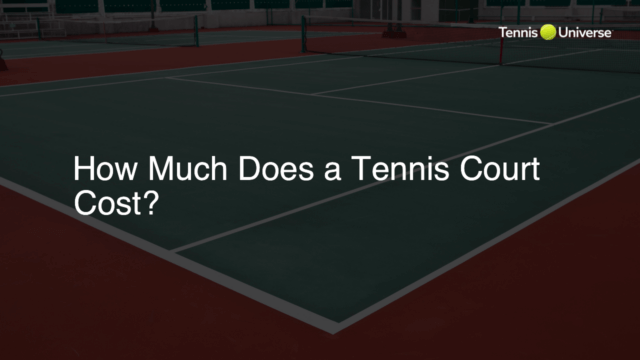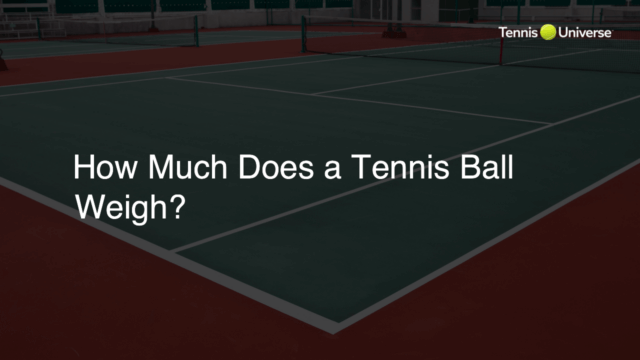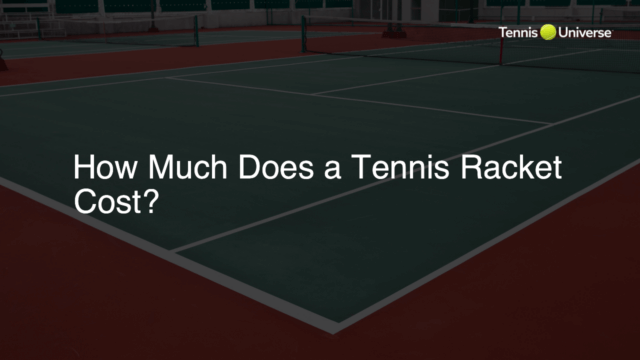Tennis balls are made through a multi-step process that begins with compressing two rubber halve shells together. They are then coated in a layer of adhesive, covered with the desired felt (nylon or wool blend), cut into panels, and heat-bonded together. The felt-covered balls undergo a final quality control inspection before being packaged and distributed.
The Tennis Ball Manufacturing Process
The production of tennis balls involves a step-by-step process to ensure quality and optimal performance on the tennis court. The following sections outline the various stages of the process, including the materials used as well as the techniques employed in manufacturing these essential tennis court companions.
Step 1: Rubber Core Formation
To begin, manufacturers create a rubber compound blend that is heated and eventually formed into half-shells. These distinct halves undergo a process called vulcanization, which solidifies and strengthens the rubber. Afterward, they are removed from their molds and left to cool before being joined together to create a complete core.
Step 2: Core Assembly
Suitable adhesive is applied to the rubber core’s seam, and the two halves are compressed together to form a perfect sphere. This process ensures that the core maintains its shape, bounce, and resistance when in contact with a tennis racket.
Step 3: Applying the Felt Cover
A blend of either nylon or wool felt is cut into the required pattern, coated with a layer of adhesive, and carefully applied to the ball’s surface. These felt panels are typically sourced from specialized suppliers and come in varying grades to suit different play levels and weather conditions.
Step 4: Heat Bonding and Finishing
Using specialized machines, the felt-covered balls are subjected to heat bonding. This process ensures the felt material forms a strong bond with the underlying rubber core, guaranteeing durabilty and consistent performance. Any excess material is trimmed away, producing a seamless and professional appearance.
Step 5: Quality Control and Packaging
Finally, each tennis ball moves through a rigorous quality control inspection to ensure it meets all necessary bounce tests, weight requirements, and other performance standards. Once they pass inspection, the balls are boxed, packaged, and distributed to tennis enthusiasts around the world, ready to be put to the test on the court against a tennis racket.
Tennis Ball Types and Their Characteristics
Understanding the different types of tennis balls and their characteristics can play a significant role in enhancing a player’s game. By choosing the appropriate tennis ball for one’s skills and court conditions, players can apply their tennis tips more effectively and improve their overall performance.
Pressurized Tennis Balls
Pressurized balls are the most commonly used type of ball in professional tennis due to their consistent performance and bounce. These balls contain air pressure within the rubber core, which contributes to their liveliness and responsiveness. However, their durability can be shorter than that of their counterparts, as they tend to lose pressure and become less bouncy over time.
Pressureless Tennis Balls
Pressureless balls may not have the initial bounce or feel of pressurized balls, but they rely on their more robust and thicker rubber core to maintain consistent playability. These balls are ideal for practice sessions or for beginner players as they offer greater durability and a longer lifespan. As the felt wears down, the rubber core becomes more flexible, increasing the bounce.
Importance of Proper Tennis Ball Storage
Whether using pressurized or pressureless balls to implement valuable tennis tips, properly storing your tennis balls can make a significant difference in maintaining their performance. Exposure to extreme temperatures, direct sunlight, or moisture can negatively impact a ball’s bounce and responsiveness and weaken its structural integrity.
Storage Tips
Keep your tennis balls in a cool, dry place, preferably within airtight containers or resealable bags. This method helps preserve their pressure and prevents them from deteriorating prematurely. For optimal results, store tennis balls in a container that maintains atmospheric pressure, such as a ball pressurizer, to ensure longer-lasting performance on the court.
FAQ Section: Tennis Ball Manufacturing and Usage
In this section, we address some frequently asked questions that may arise from readers after learning about the tennis ball manufacturing process, their types, and proper storage. These answers aim to provide valuable insights to help you make informed decisions when it comes to choosing and caring for your tennis balls.
How often should I replace my tennis balls?
Replace your tennis balls when you notice a significant loss of bounce, a change in performance, or visible wear and tear on the ball’s felt. For casual players, this could be every few weeks or months, while competitive players may need to replace them more frequently, even after a single match.
Should beginners use pressureless or pressurized tennis balls?
Beginners may benefit from using pressureless tennis balls, as they tend to last longer and maintain their playability over time. This makes them ideal for extended practice sessions and helps new players focus on learning the game without needing to replace balls frequently.
What is the best way to store tennis balls to maximize their lifespan?
To maximize the lifespan of your tennis balls, store them in a cool, dry place and avoid direct sunlight, extreme temperatures, or moisture exposure. It is recommended to keep them in airtight containers or resealable bags, and for even better results, use a ball pressurizer to maintain atmospheric pressure.
What should I consider when choosing a tennis ball for different court surfaces?
When choosing tennis balls for various court surfaces, consider the type of felt used in their construction. Regular-duty felt works well for indoor or clay courts, while extra-duty felt is more suitable for hard courts. High-altitude balls are specially designed for play at high elevations and have a slightly different internal pressure to account for atmospheric differences.
Is there a significant difference in performance between cheaper and more expensive tennis balls?
While there can be some differences in quality when comparing budget and premium tennis balls, the performance disparities may not be significant for casual players. However, competitive players might prefer premium balls from established brands since they generally offer more consistent performance, better durability, and a more precise response during gameplay.

